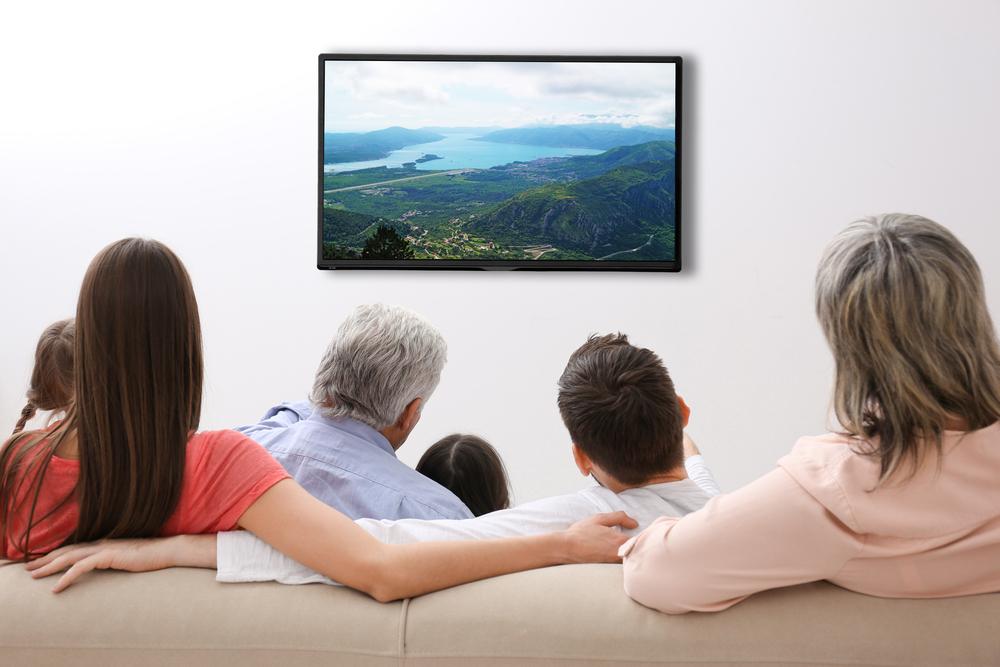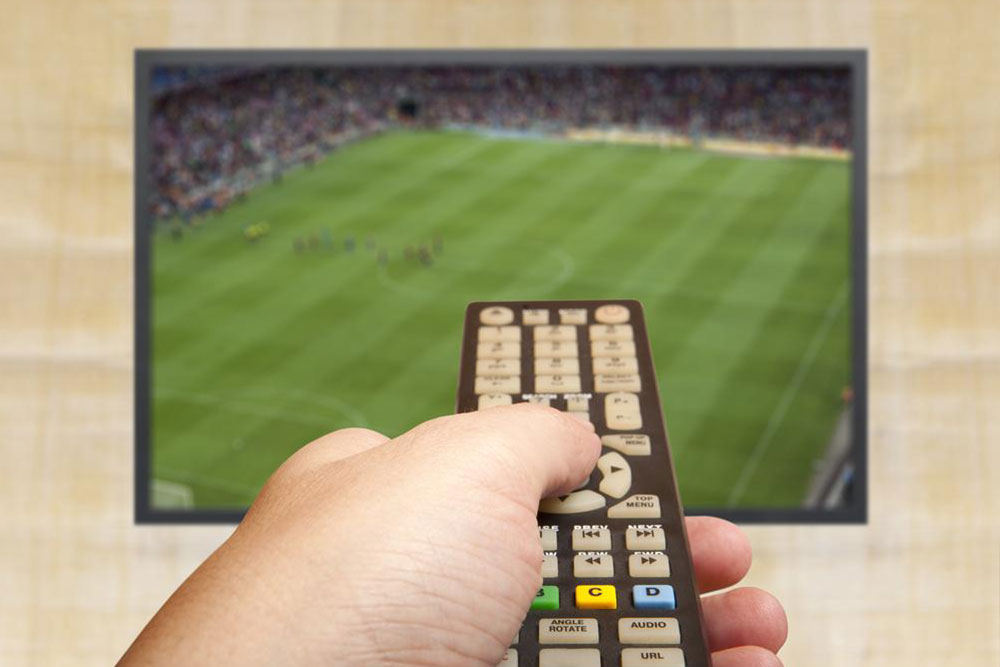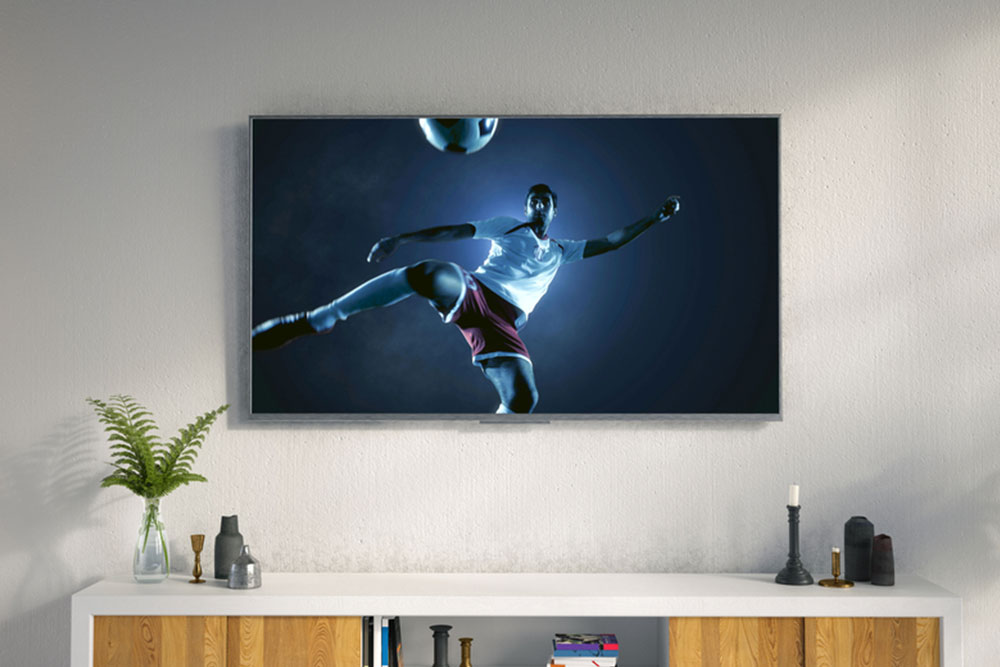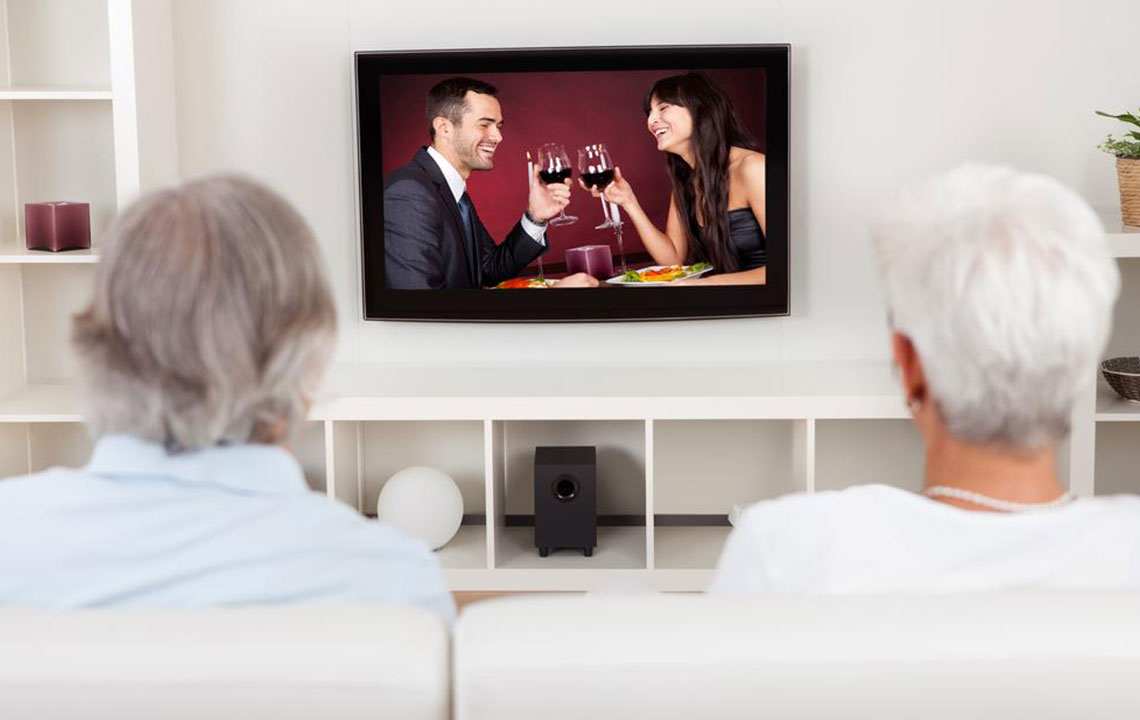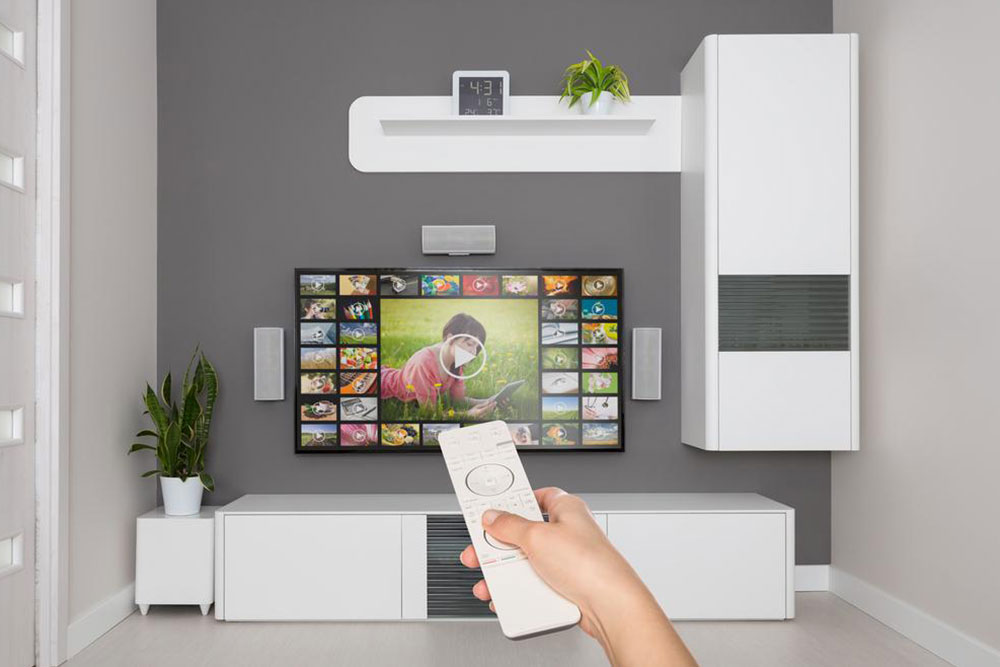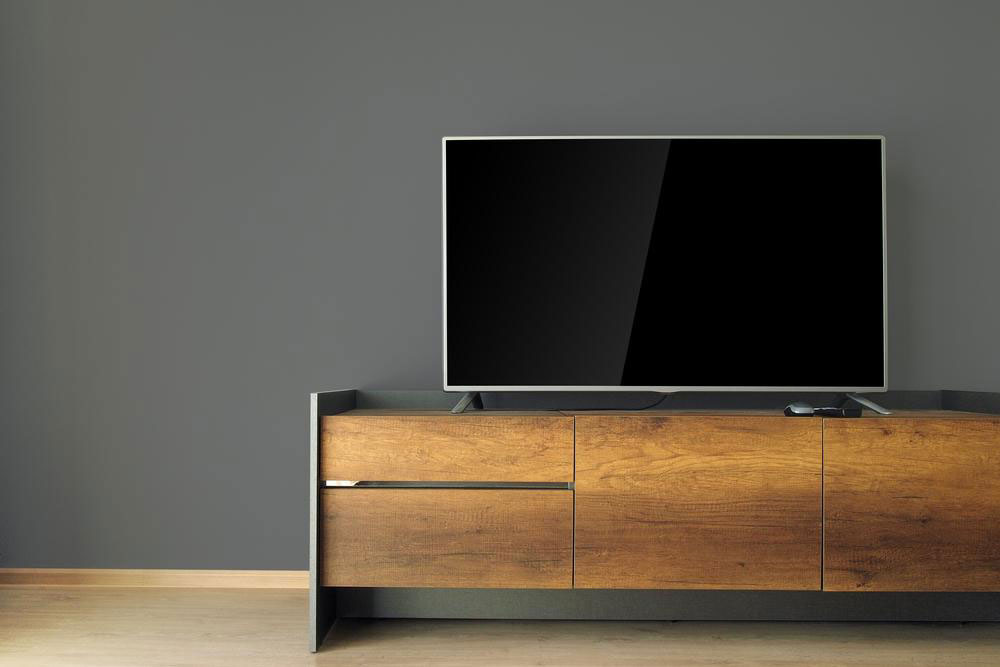Guide to Different Flat Screen TVs and Buying Tips
Discover the different types of flat screen TVs, from plasma to OLED, and learn essential tips on choosing the perfect model for your needs. This guide covers display technology, size considerations, energy efficiency, lifespan, and pricing, helping you make an informed purchase. Flat TVs have revolutionized home entertainment, offering sleek designs and advanced features. Make smarter choices with our comprehensive buying advice to enhance your viewing experience with the latest technology.

The invention of television revolutionized entertainment and communication in the early 20th century, transforming how we access news, education, and entertainment. Today, TVs are a staple in nearly every household worldwide, shifting from bulky cathode ray tube models to slim, energy-efficient flat panels like LCD, LED, OLED, and plasma displays. Since the mid-2010s, smart TVs with integrated internet features have become mainstream, enhancing user experience with web connectivity and apps.
Types of Flat Screen Displays
Popular Flat Screen TV Types
Plasma TVs
Plasma screens use tiny cells filled with ionized gases called plasmas. Known for their brightness and larger sizes, they are less common now due to high manufacturing costs for smaller screens.
LCD TVs
Liquid crystal displays produce images using liquid crystals. These models are lighter, thinner, and offer better image quality than older CRTs. They come in various sizes suited for different spaces.
LED Screens
LED televisions employ LED backlights to illuminate the display, making them bright enough for outdoor use and energy-efficient.
OLED Displays
Organic LEDs (OLEDs) are ultra-thin and lightweight, emitting light individually without backlights. This technology offers superior contrast and vibrant colors.
Tips for Choosing the Right Flat Screen TV
Display Technology
Select the latest and most suitable screen type; LEDs and OLEDs are currently leading.
Screen Size
Pick a size based on viewing location; smaller TVs are ideal for bedrooms, larger for living rooms.
Energy Consumption
LEDs consume the least power, followed by LCDs, while plasma screens use more energy.
Durability
LED TVs typically last over 100,000 hours, making them durable choices. Plasma screens last around 60,000 hours.
Pricing
LCD models are more budget-friendly, while OLED and plasma options tend to be pricier, especially in larger sizes.
Modern flat screen TVs have replaced bulky CRTs, continually evolving to offer better viewing experiences. They’ve transformed television viewing around the world!
Note:
Our blog offers diverse, research-based content to inform and guide readers. While we strive for accuracy, we recommend verifying details from multiple sources, as some data may vary or change. Offers and schemes referenced may also differ from those available locally.

